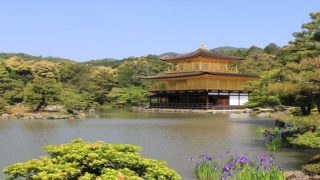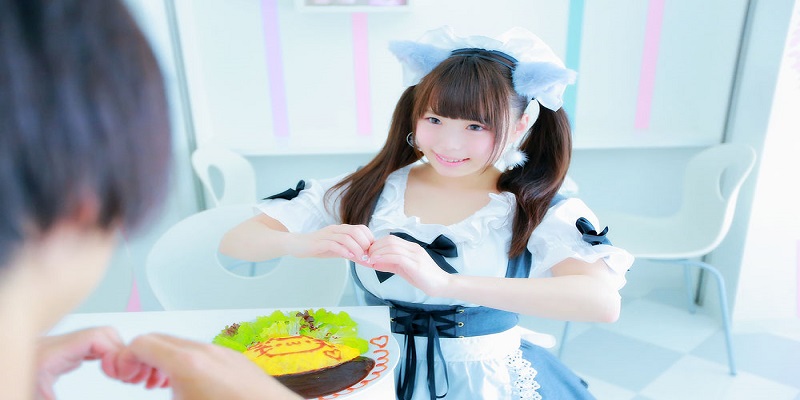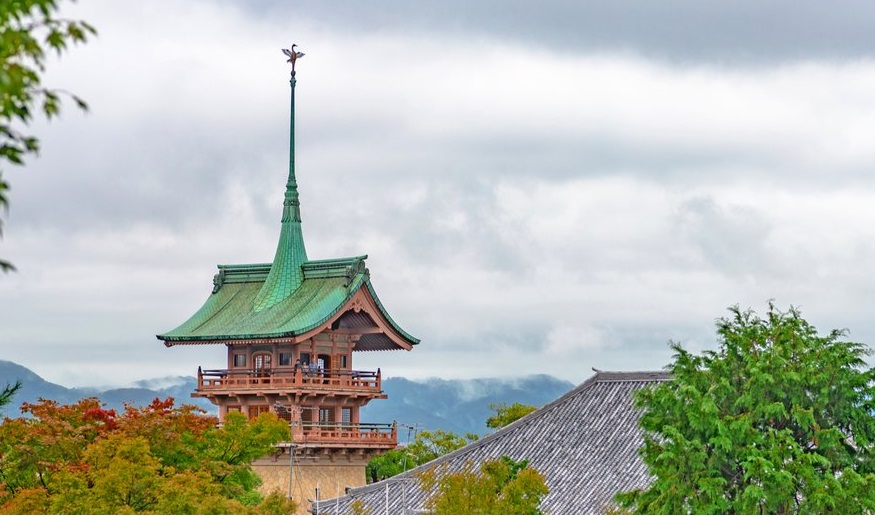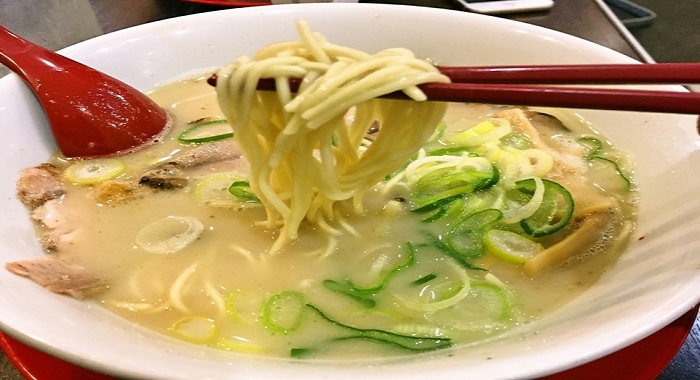The “Funaoka Onsen Street” is a tourist spot that attracts many foreign tourists, facing Kurama-guchi, Murasakino, Kitaku-ku.
It is said to be a hidden spot because access is a little inconvenient.
However, there are many places worth visiting, such as Funaoka Onsen, which is popular among public bath fans, a super-retro cafe that has been renovated from a public bathhouse, and a soba noodle shop listed on Michelin.
It is about a 20-minute walk west from Kuramaguchi Subway Station.
Why don’t you visit the funaoka onsen town where there is nostalgic air?
Contents
Let’s experience the luxury sento-bath”Funaoka Onsen”

It was founded in 1923 as a bath house for the restaurant, “Funaokarou.”
At that time, it seemed to be a luxurious recreation area where people could enjoy a delicious meal and relax in the bath.
After World War II in 1947, They started again as a public bathhouse at a Japanese inn.
This photograph shows the appearance of the front entrance, but surprisingly, it is a valuable building that retains its original form of restaurant at that time.
The huge and dignified roof still shows the image of a luxury inn.

The interior of “Funaoka Onsen” is a super-retro


It is said that it is difficult to maintain and renovate the sento-bath, but this Funaoka Onsen is miraculously surprised to find the interior decoration maintained as it is.
Soon after entering the shop, you will find out why this is called “King of sento-bath,” and foreign tourists will love it.
The colorful majorica tile is particularly attractive.
Majorica tail is a variety of relief tiles originally made in Japan from Taisho to the early Showa period.
Originally, it imitates British decorative tiles and is strictly referred to as Japanese-made majorica tiles.
This Japanese-made majorica tile is not currently produced and rare.
If you want to use this tile at the entrance of your home, one tile costs thousands to tens of thousands of yen now.
Even the entrance part of this picture alone, quite expensive tiles are exposed unintentionally!
The intercolumns in the upper right corner of the photograph are carved with the subject of the Shanghai Incident Bullet.
One wall clock is just a showa romantic one, and it looks like a movie set.


Since shooting is prohibited in sento-bath or in the dressing room, please bake it on your eyes and enjoy the sento-bath slowly!
The name Funaoka Onsen is not a natural hot spring but sento.
In addition to the usual large public bath, medicine bath, high temperature deep bath, shallow bath, bubble bath, whirlpool, electric bath, sauna, water bath, hitachi hot water, open-air bath (cypress bath and rock bath…)
There are as many types as hot spring theme parks.
Adult 430 yen
Middle 150 yen (more than primary schoolchild)
Child 60 yen
Business hours from 15:00 to 25:00 without holidays
8:00 on Sunday only
* Opening hours may have changed, so we recommend that you check in advance if you are going to a holiday.
Please bring towels and shampoo.
The dryer can be used for 30 yen, but it is quite old and its power is weak.
The cafe “Sarasa Nishijin” was renovated with sento-bath


After enjoying the hot water, this cafe, Sarasa Nishijin, is recommended.
It is about 200 m east of Funaoka Onsen.
As shown in the photo, the appearance is so heavy that you can’t tell at a glance that it is a cafe.
Some may find it difficult to enter, but the friendly young staff welcomes you when you open the door.
The menu changes depending on the time, the atmosphere changes, and you can enjoy it no matter how many times you go.
I think it is the overwhelming vividness of Japanese-made majoricatyle to attract attention in this restaurant.
It leaves the best of a public bath as much as possible and creates a stunning space that can never be created with modern architectural design.
The atmosphere is said to remind the sento of “Spirited away,” but this is actually an unrealistic atmosphere in the restaurant.
Former Fujinomori Yu(sento) was built in the 1920s and is a building of tangible cultural properties registered by the Agency for Cultural Affairs.
The cafe is said to be a holy spot among animated fans because it was a coffee shop that appeared in the 11th story of “Keion!” anime.
open 12 o’clock
Lunch menu: 12:00 to 15:00
Dinner 15:00 to 18:00
Night 18:00 to 22:00
Wednesday regular holidays
Michelin-listed shop where old house has been renovated, soba shop “Kanei”


Kanei, a soba noodle restaurant that won a star in Michelin, is 2 stores next to Sarasa Nishijin.
Open: 11: 30-14: 30, 17: 00-19: 00 (Closes as soon as sold out)
Regular holiday: Mon, New Year holidays, Obon
Slow time is flowing in the shop, which is a 100-year-old renovated townhouse.
The shop owner prepared everything by hand, so it seems that the number can not be prepared so much and it closes early on the weekend.
Even if you can’t make reservations because many people are lined up before business hours even on weekdays, this is a shop that we want to recommend if you have enough time.
If you don’t have time, you’d like to enjoy this tasty appearance alone. Of course, if you have time, let’s taste it!
Eenjoy daily life in Kyoto, not as a sightseeing spot
Funaoka Onsen is said to be a hidden sightseeing spot, but in other words, it is a place where you can get a glimpse of everyday Kyoto people’s daily life without becoming a sightseeing spot.
You can also enjoy a stroll in the hot-spring resort lined with retro buildings.
The Kenkun Shrine is also close to this hot spring town, and Funaokayama Park, where you can see Kyoto by climbing up Mt.Funaokayama, where the shrine is located, is also enjoyed.



In sento-bath, the local old women are kind enough to say, “Take out the washbasin yourself,” or “There’s no hot water out there”
Even if it is a foreign tourist, there is a grandmother who speaks in Japanese, and communication in a good old sento is also fun.
By the way, in the manner of public baths, the custom of Edo is to wash your body first and then enter the bathtub, then in the Kansai area, first immerse yourself in a bathtub, then warm up a little and wash your body once again and then enter the bath again.
Elderly people are getting in that way.
People who grew up in the era of having a bath in each home seem to have many Edo styles even in Kyoto, where they wash their bodies first in a public bath and then use a bath.
I think it is luxury to go to sento-bath in this age.
I hope you will be filled with a nostalgic air that flows slowly into Funaoka Onsen Street!










![11 Maid Cafe Ranking in Tokyo [Recommended even to beginners and ladies!]](https://jatrabridge.com/wp-content/uploads/slider/cache/11597c33ae53b47eb36a2f67968e635f/Maid-Cafe-Ranking-in-Tokyo2.3.jpg)





















